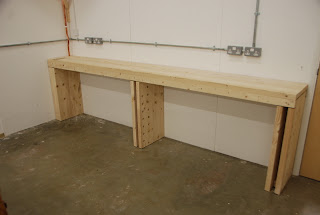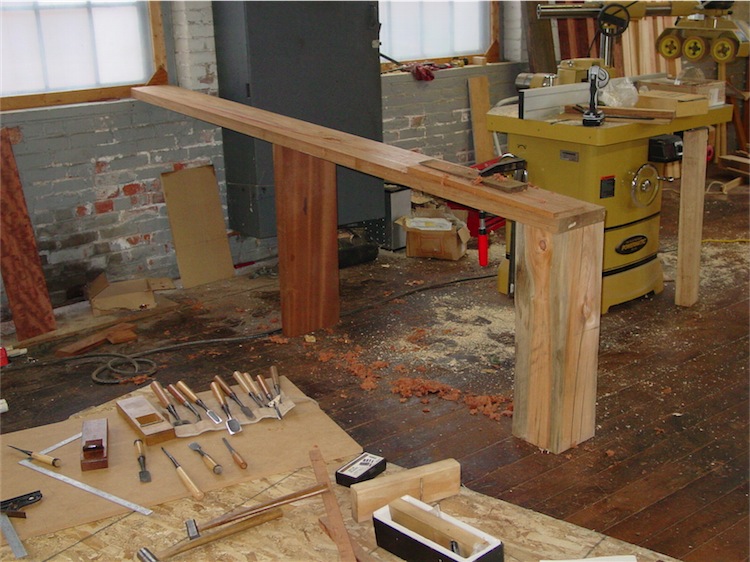Guys I need a workbench, but I am not willing to pay 200-300 for
such a thing. So either I need to buy second hand or make on myself.
Now when I think of building a workbench, I think of a flat wood/mdf top and four
legs and that's it. Seeing pictures of workbenches I noticed that there were many
extra pieces of woods, between the legs and in other parts. I am guessing that
just four legs is not enough stability. I have very little tools so I need to make a bench
that is super easy to make. Help is appreciated.
Thanks.
such a thing. So either I need to buy second hand or make on myself.
Now when I think of building a workbench, I think of a flat wood/mdf top and four
legs and that's it. Seeing pictures of workbenches I noticed that there were many
extra pieces of woods, between the legs and in other parts. I am guessing that
just four legs is not enough stability. I have very little tools so I need to make a bench
that is super easy to make. Help is appreciated.
Thanks.


































